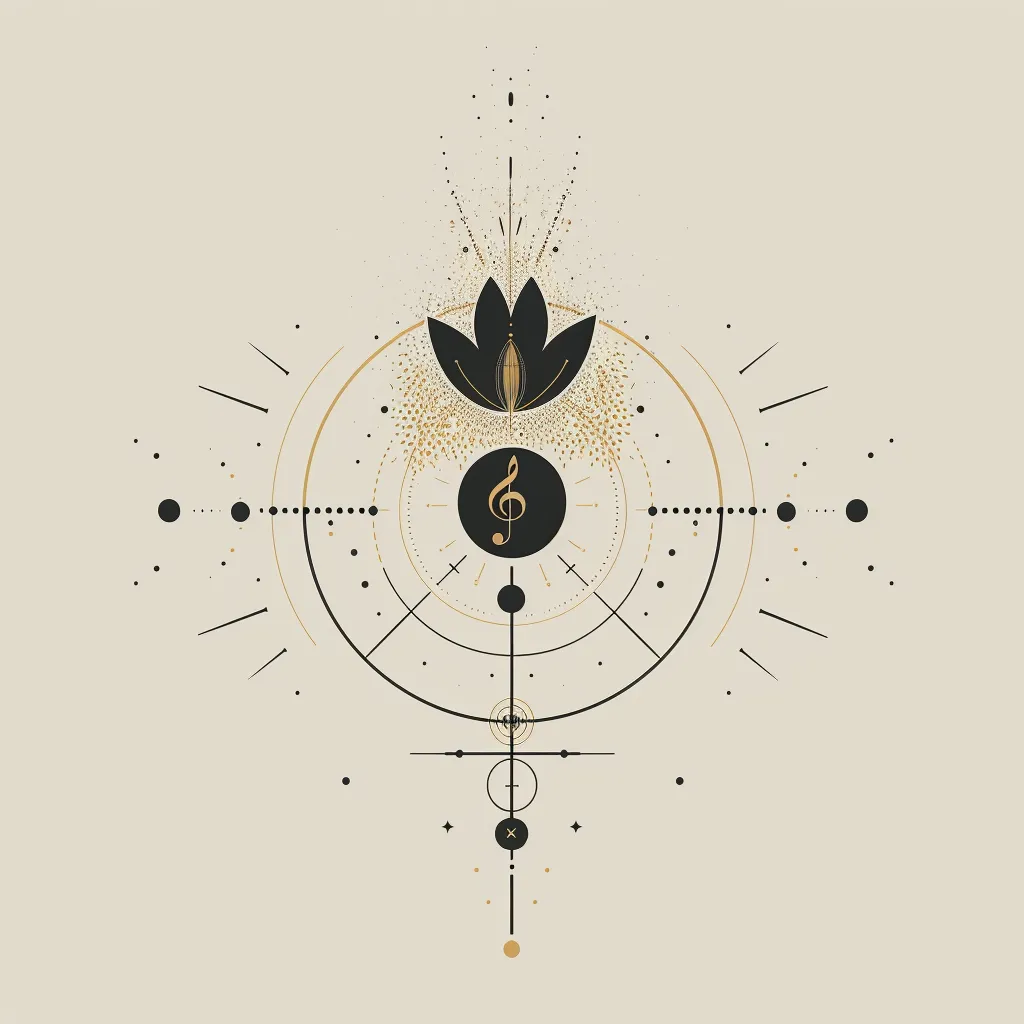Elton John – Can You Feel The Love Tonight – Chorus
Can You Feel The Love Tonight < All Analyses
Chord Progression
[‘G’, ‘D/F#’, ‘Em’, ‘C’, ‘G’, ‘C’, ‘A/C#’, ‘D’, ‘C’, ‘G/B’, ‘Em’, ‘G/D’, ‘C’, ‘Am’, ‘G’, ‘C’, ‘A/C#’, ‘D’, ‘G’, ‘D/F#’, ‘Em’, ‘C’, ‘G’, ‘C’, ‘A/C#’, ‘D’, ‘C’, ‘G/B’, ‘Em’, ‘G/D’, ‘C’, ‘Am’, ‘G’, ‘C/D’, ‘C/G’, ‘G’]
Chord Progression Analysis
Here’s the Roman numeral analysis of the listed chord progression, and their full chord names:
“`
G (I)
D/F# (V6)
Em (vi)
C (IV)
G (I)
C (IV)
A/C# (♭II6, borrowed chord)
D (V)
C (IV)
G/B (I6)
Em (vi)
G/D (I6/4)
C(IV)
Am (ii)
G (I)
C (IV)
A/C# (♭II6 , borrowed chord)
D (V)
G (I)
D/F# (V6)
Em (vi)
C (IV)
G (I)
C (IV)
A/C# (♭II6, borrowed chord)
D (V)
C (IV)
G/B (I6)
Em (vi)
G/D (I6/4)
C (IV)
Am (ii)
G (I)
C/D (IV6/4)
C/G (IV6/4)
G (I)
“`
The line beginning with ‘G’, ‘D/F’ and so on is your original list of chords.
Similar Chord Progressions
1) The song “Let it Be” by The Beatles exhibits a similar chord progression, primarily using the I-IV-V (G-C-D in its case) with the sparing use of vi (Em) and ii (Am). Their original progression: [‘G’, ‘D’, ‘Em’, ‘C’, ‘G’, ‘C’, ‘D’]
2) The song “The House of the Rising Sun” by The Animals follows the I-IV (Am-C) progression while occasionally using the V (E) and borrowing a D (ii) from G major. The original progression is [‘Am’, ‘C’, ‘D’, ‘F’, ‘Am’, ‘E’, ‘Am’].
Note that these are not exact matches, but they share similar elements with the progression in “Can You Feel The Love Tonight”. The borrowed chord and inversions utilized by Elton John distinguishes his song from these examples, thus further expressing his unique style.
Musical Analysis
This song is built largely upon the I-IV-V-vi-ii progressions, traditional in many pop songs. The A/C# chord is borrowed, likely from D Major’s chords as it is the fifth of D. This borrowed chord adds a unique flare to the standard pop ballad progression, adding a sense of leading towards the ‘D’ chord. The inclusion of inversions, chords whose root notes are not the lowest note of the chord, further adds to the uniqueness of the song.
Overall Analysis
“Can You Feel The Love Tonight” is a pop ballad written in the key of G major. The progression makes traditional use of the G major chord scale with a notable exception of a borrowed chord A/C#.
Style Analysis
Pop ballads like this tend to lean heavily on emotionally evocative melodies and chord progressions, and Elton John, with his characteristic blend of pop and classical elements, makes full use of these techniques. The chord progression is smooth, with seamless transitions between chords enabling Elton John’s famous melodic style to shine through.
What are the chords in: Elton John – Can You Feel The Love Tonight – Chorus?
[‘G’, ‘D/F#’, ‘Em’, ‘C’, ‘G’, ‘C’, ‘A/C#’, ‘D’, ‘C’, ‘G/B’, ‘Em’, ‘G/D’, ‘C’, ‘Am’, ‘G’, ‘C’, ‘A/C#’, ‘D’, ‘G’, ‘D/F#’, ‘Em’, ‘C’, ‘G’, ‘C’, ‘A/C#’, ‘D’, ‘C’, ‘G/B’, ‘Em’, ‘G/D’, ‘C’, ‘Am’, ‘G’, ‘C/D’, ‘C/G’, ‘G’]
